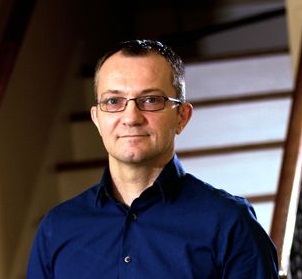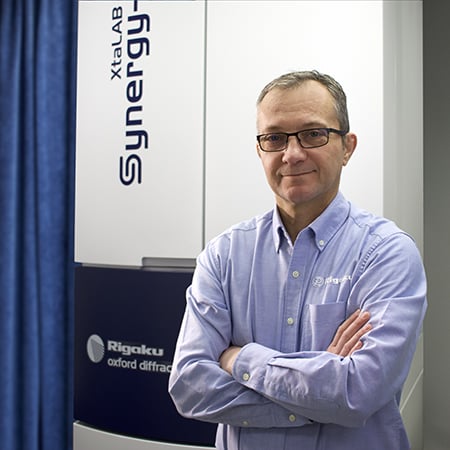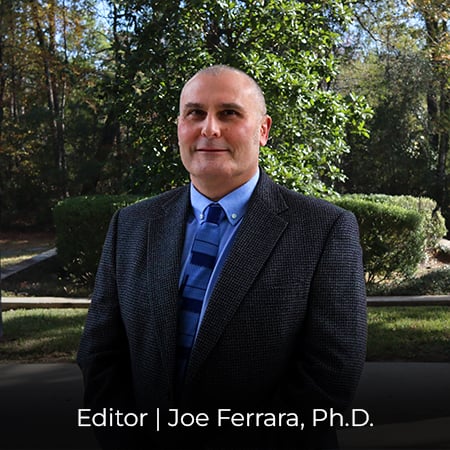Has your research ever been significantly slowed down or even halted because you could not establish what a compound exactly was, what its molecular structure or absolute configuration was, whether polymorphs or impurities coexisted with the main compound or how the solid-state structure could explain a compound’s behavior and physical properties?
Critical to answer these questions is the information about the crystalline state (unit cell parameters and crystal structure). Unfortunately, traditional analytical methods may not be able to deliver all the answers. Even X-ray crystallography can be limiting if samples with suitable crystallinity, dimensions and quantity are lacking. Electron diffraction offers a new solution by providing high-resolution structural insights from submicron-size samples. Scratching the bottom of a beaker to gather nanograms of a crystalline powder may suffice for electron diffraction study.
In this episode, we will review how electron diffraction is reshaping research in fields such as pharmaceuticals, metal-organic frameworks, synthetic chemistry and materials science by solving crystal structures that were previously unsolvable, screen hundreds of crystallization conditions and automate polymorphs and impurities identification and quantification over thousands of tiny crystals.
Downloads
Download: How MicroED Is Reshaping Materials, Life Science, and Chemistry Research PowerPoint slides
-
Alexander, B. W., Bartfield, N. M., Gupta, V., Mercado, B. Q., Del Campo, M., & Herzon, S. B. (2024). "An oxidative photocyclization approach to the synthesis of Securiflustra securifrons alkaloids." Science, 383(6685), 849–854. https://doi.org/10.1126/science.adl6163
-
Xu, H., Jiang, Y., Hu, H., Li, C., Deng, Z., & Yu, Y. (2019). "Decoding crystallography from high-resolution electron imaging and diffraction datasets using deep learning." Science Advances, 5(6), eaaw1949. https://doi.org/10.1126/sciadv.aaw1949
-
Rhodes, G. (2006). Crystallography Made Crystal Clear: A Guide for Users of Macromolecular Models (3rd ed.). Elsevier. https://www.amazon.com/Crystallography-Made-Crystal-Clear-Macromolecular/dp/0125870736
-
Zhang, Y., Li, X., Wang, L., & Chen, H. (2024). "Microstructural Insights into Advanced Ceramics." iScience, 27, 109894. https://doi.org/10.1016/j.isci.2024.109894
-
Rigaku CrysAlisPro Software:
https://rigaku.com/products/crystallography/x-ray-diffraction/crysalispro
-
Rigaku Crystallography:
-
Wang, H., Li, Z., & Chen, X. (2023). "Symmetry Analysis in Single-Crystal Studies." Symmetry, 15(8), 1555. https://doi.org/10.3390/sym15081555
-
Rigaku Synergy-ED Webinar Series:
https://rigaku.com/products/crystallography/electron-diffraction/webinars/synergy-ed-series/01-introduction -
Rigaku XtaLAB Synergy-ED:
https://rigaku.com/products/crystallography/electron-diffraction/xtalab-synergy-ed - Kahlenberg, V., Vinke, J., Krüger, H., Ito, S., & Schürmann, C. J. (2022). "Na₂Ca₃Si₂O₈ or γ-Na₂Ca₆Si₄O₁₅? A hybrid approach combining 3D single-crystal electron and powder X-ray diffraction." Journal of the American Ceramic Society, 105(11), 6976-6988. https://doi.org/10.1111/jace.18650
-
Wang, X., Alzayer, M., Shih, A. J., Bose, S., Xie, H., Vornholt, S. M., Malliakas, C. D., Alhashem, H., Joodaki, F., Marzouk, S., Xiong, G., Del Campo, M., Le Magueres, P., Formalik, F., Sengupta, D., Idrees, K. B., Ma, K., Chen, Y., Kirlikovali, K. O., Islamoglu, T., Chapman, K. W., Snurr, R. Q., & Farha, O. K. (2024). "Tailoring Hydrophobicity and Pore Environment in Physisorbents for Improved Carbon Dioxide Capture under High Humidity." Journal of the American Chemical Society, 146(6), 3943–3954. https://doi.org/10.1021/jacs.3c11671
-
Gong, W., Xie, Y., Yamano, A., Ito, S., Tang, X., Reinheimer, E. W., Malliakas, C. D., Dong, J., Cui, Y., & Farha, O. K. (2023). "Modulator-Dependent Dynamics Synergistically Enabled Record SO₂ Uptake in Zr(IV) Metal–Organic Frameworks Based on Pyrene-Cored Molecular Quadripod Ligand." Journal of the American Chemical Society, 145(49), 26890–26899. https://doi.org/10.1021/jacs.3c09648
-
Schulz, M., Becker, T., Hoffmann, K., & Wagner, P. (2024). "Innovations in Anionic Materials for Energy Storage Applications." Angewandte Chemie International Edition, 63(5), e202318475. https://doi.org/10.1002/anie.202318475
-
Zhu, X., Liu, Y., Wang, J., Chen, Y., Zhao, L., & Li, H. (2024). "Advancements in Surface Chemistry for Functional Material Applications." ACS Applied Materials & Interfaces, 16(14), 17812–17820. https://doi.org/10.1021/acsami.4c00604
About the presenter

Rigaku Americas Coporation | Texas, USA
Dr. Pierre Le Maguerès obtained a Ph.D. in physical chemistry and small molecule crystallography at the University of Rennes (France) in 1995, working under Dr. Lahcene Ouahab on the synthesis and analysis of molecular materials combining inorganic polyoxometalates and organic cation radicals based on tetrathiofulvalene derivatives. From 1996 to 2000, Dr. Le Maguerès worked as a postdoctoral researcher with renowned Prof. Jay Kochi at the University of Houston, where he pursued his work on the synthesis and X-ray characterization of air-sensitive cation radicals and charge transfer complexes. In 2000, deciding to broaden his horizons and learn protein crystallography, Dr. Le Maguerès joined the biochemistry department at the University of Houston and worked as a postdoctoral researcher with Prof. Kurt Krause on the design and X-ray characterization of potential new inhibitors for alanine racemase, a protein essential for the growth of infectious diseases such as tuberculosis. Want to learn more? Connect with Pierre Le Magueres, PhD LinkedIn .

Contact Us
Whether you're interested in getting a quote, want a demo, need technical support, or simply have a question, we're here to help.

Subscribe to the Crystallography Times newsletter
Stay up to date with single crystal analysis news and upcoming events, learn about researchers in the field, new techniques and products, and explore helpful tips.


